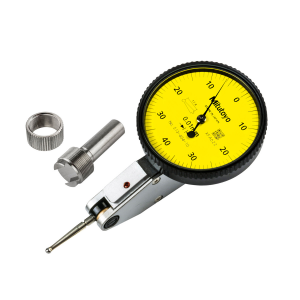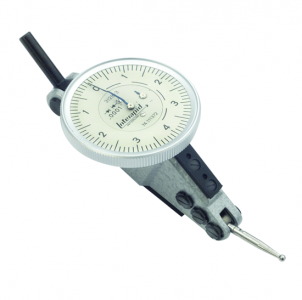- Joined
- Dec 25, 2011
- Messages
- 10,552
I will mention that if you have an Atlas lathe, which most people reading this Forum do, "Manual of Lathe Operations and Machinists Tables" (MOLO for short) produced by Atlas from 1937 to 1988 contains about the same information but the photographs used are of Atlas lathes like the one that you may have, not South Bend lathes with flat belts. Somewhat like the SB book, the photos changed over the years whereas the tables and charts generally didn't. Any information that includes spindle RPM will use speeds that your machine (at least as it was when new) can produce. For that reason if no other, you would be better off with the Atlas book of the proper vintage.
Years ago, I wrote two short "books" with file names of MOLO HistoryREV6.pdf and MOLO To Machine AppRev3.pdf . The second one will tell you which version of the MOLO comes the closest to matching your model of lathe and the first one among other things will tell you why. They are both in Downloads and in this Forum only are also in the Sticky area at the top of the Forum.
Years ago, I wrote two short "books" with file names of MOLO HistoryREV6.pdf and MOLO To Machine AppRev3.pdf . The second one will tell you which version of the MOLO comes the closest to matching your model of lathe and the first one among other things will tell you why. They are both in Downloads and in this Forum only are also in the Sticky area at the top of the Forum.


